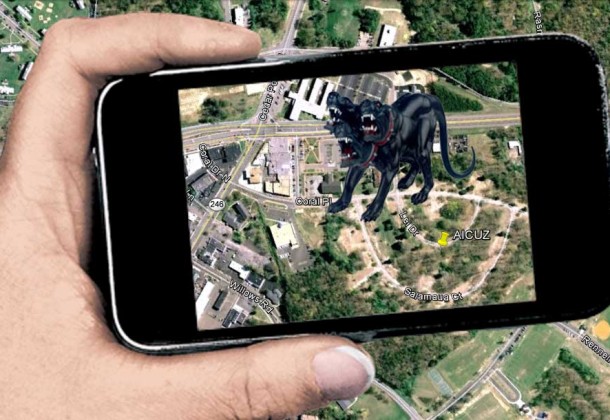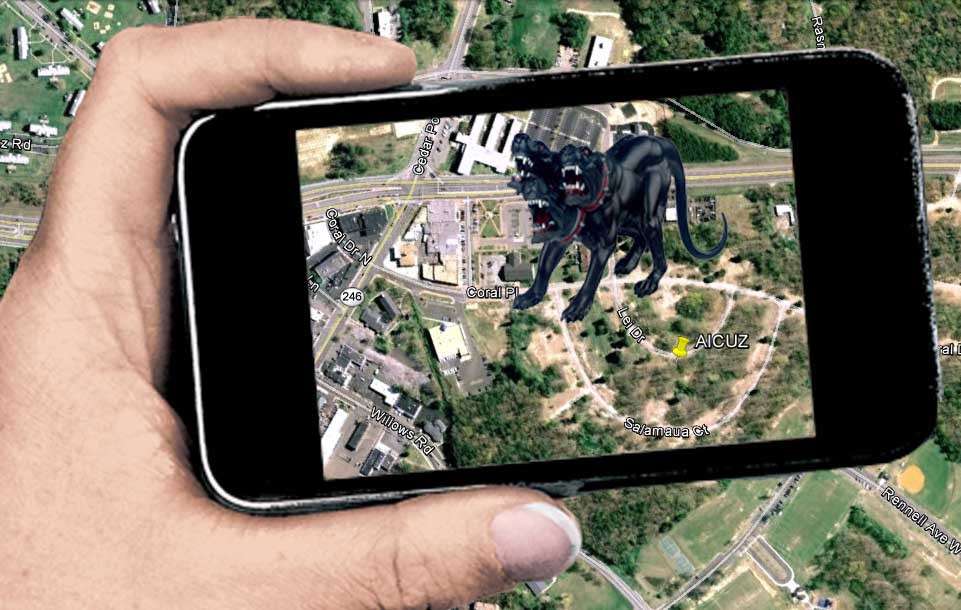Feeling for Answers in the AICUZ

AICUZ would be a good name for a mythological monster. Perhaps like the Hydra with nine un-killable heads. Or the three-headed guard dog Cerberus, making sure no one returns from the Underworld. Whatever form, the AICUZ squats outside the fence of Naval Air Station Patuxent River and protects it. “The AICUZ of Lexington Park.”
Actually, AICUZ is the acronym for Aircraft Installation Compatible Use Zone, which manifests as local zoning restrictions on land beyond the runways and the fencing of Pax River. The rules are designed to insure citizen safety and to encourage ongoing military investment in the community’s installation. A byproduct is that the rules preclude private investment in Lexington Park. The bottom line is that nobody is in the mood to ease them. More likely the opposite.
On April 6, 2012 an F/A-18 crashed outside the fence of Naval Air Station Oceana, which is what Pax River affiliated folks would say. Everyone else would say there was a crash outside the military base in Virginia Beach. And that, right there, is the heart of the reason for the AICUZ of Lexington Park.
The good news is, of course, no one died in the accident. Four days later the news in Military.com called for expanded buffer zones. The accusations and fears inherent in a breach of the buffer zone ring familiar. And so it goes. Unresolved.
Maybe the AICUZ of Lexington Park is actually the sphinx posing its three riddles: “What are the chances of an accident?” “How much risk is a government willing to take?” “How much land can a community down-zone and still sustain itself?”
No matter how we shape these questions – and the AICUZ of Lexington Park has been asking them for four decades now – purely linear answers are not sufficient to resolve the conflicts.
Interestingly enough, this is the same conclusion at the core of a series of ongoing talks Dale Moore, director of NAWCAD’s Strategic Cell, is giving on planning for a disruptive future. It can be a scary talk. Future threats are best summarized as increasingly random. Not an outcome easily adjusted by linear thinking.
To cut to the chase, intuitive thinking must be added into the mix. Mr. Moore extols creative flashes and sparks of insight as necessary to catapult us beyond the tasks of immediate fixes into future solutions. We need a new paradigm, he says.
Well, speaking of AICUZ, new paradigm this:
- Site specific art, fitted into designated areas of the AICUZ, dismantled a month later. New art installed the next year, dismantled, repeated the next year.
- Virtual “augmented reality” art in the AICUZ, existing at a very particular spot and only manifesting via Google-glasses, iPhones, and other wireless, networked devices used to view it floating right there, anchored, virtually, to a globally positioned spot in the AICUZ. Visit, click and walk away.
What if all of this seeming restriction turned into learning opportunities to attract art and engineering students, to bring them along together? What if all of this drew enough attention to bring investment to Lexington Park?
All of this is immediately possible. And there is an intuitive ‘rightness’ about it. It’s little more than a slight shifting of a paradigm.
























